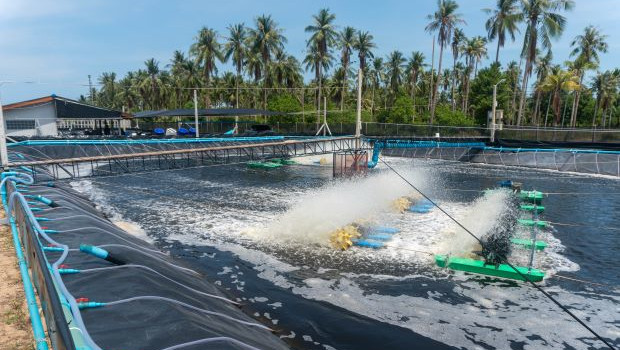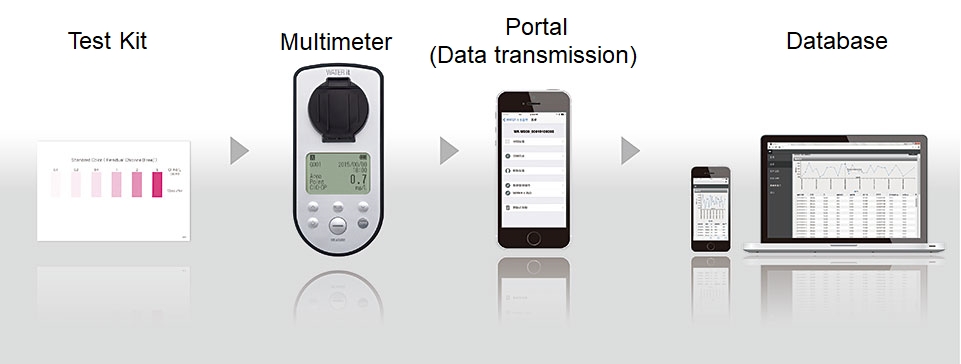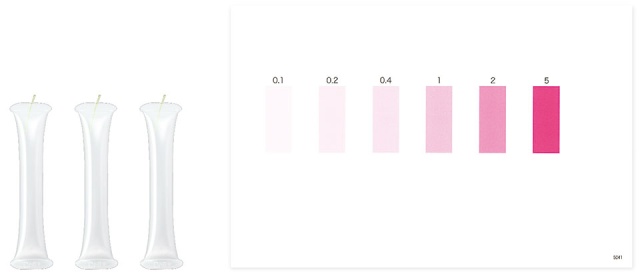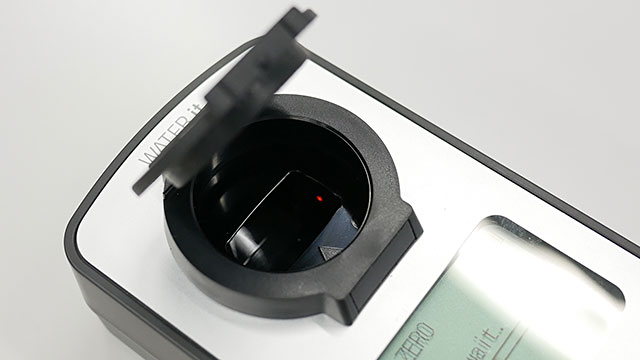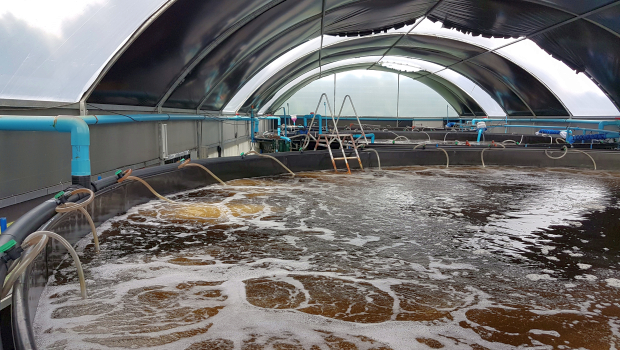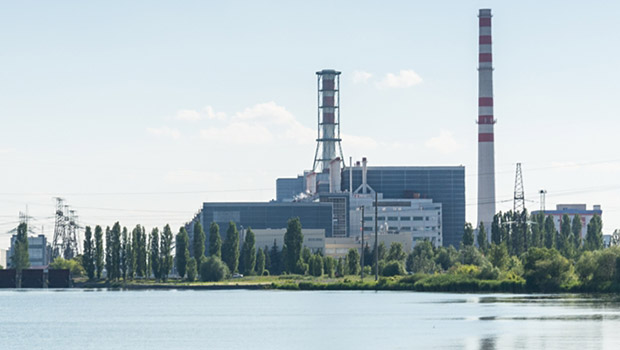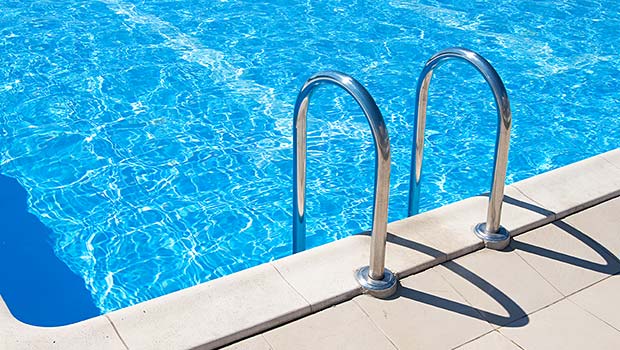Various countries in Asia are experiencing astonishing economic development, and with this comes increasing urbanization and industrialization. This has led to growing problems with water contamination in rivers, as wastewater from homes, factories, and so on flows into them. In order to improve the water environment, the first step is to collect river water quality data to identify the pollution status, but regular and sustained water quality measurement in areas with large river basins is not an easy task for developing countries.
The importance of regularly measuring the status of river water pollution in as many places as possible is recognized in many developing countries around Asia. However, on the ground, the fact remains that there are various resource shortages preventing this. There is a shortage of human resources, as it is necessary to regularly visit the measuring points scattered about a vast river basin. Reliable and expensive water quality analysis equipment is also needed, but the budget for such items simply isn’t there. And then there is the lack of measurement knowledge and technical know-how required to use advanced analysis equipment. Many places install expensive analyzing equipment from European or American manufacturers, but the training of human resources who can use the equipment is unable to keep up, and the equipment winds up not being used for many years.
For example, in Vietnam, a “Watershed Environmental Management Plan” was formulated based on the revised Law on Environmental Protection enacted in 2014. In the basins of the target rivers, there are points that greatly exceed the government-designated standard levels of pollutants. However, due to the lack of budget and personnel, there is a gap between the government’s intentions and goals and the actual situation on the ground. Let’s take the Cau river basin as an example. The basin is the subject of watershed environmental management, and there was a plan to increase the number of water quality monitoring stations to 300 by 2012 and to 336 from 2013 and on. However, the actual number of bases decreased by 42 between 2010 and 2011, and the achievement rate of the plan continued to drop, remaining at only 63% as of 2015. There is also the issue that the frequency of monitoring is well below target values.
Optex has used its turbidity meter, which since going on the market has been employed in a great many factories and water purification plants throughout Japan, to cultivate sensing technology, and has combined this sensing technology with IoT technology using IT to create “WATER it,” a simple water quality measurement system to address these challenges. WATER it is an ideal system for monitoring water quality in river basins, because it can collect and centrally manage a large amount of water quality data easily and quickly. We will contribute to the realization of a safe and secure water environment in Asian countries.
The river water collected on-site is taken back to the analysis room and measured. The laboratory may require anything from several hours to several days, depending on what exactly is to be measured. The measurement results are then compiled as data and reported to the administrator. Simultaneous report to another aggregation location may be required.
Water quality measurement needs to be repeated periodically to see changes in water quality at as many measurement points as possible, and it is important to conduct and monitor measurement and data management promptly. However, conventional methods not only required time, labor, and cost for measurement, but also created significant work in managing and sharing the measured data.
Water quality measurement using WATER it means simply using a dedicated reagent (the test kit) to react to the collected water and set it in a portable measuring instrument (the multimeter). The content of the substances contained in the collected water is measured on the spot, the measurement data being transferred to a smartphone using Bluetooth, and it is automatically uploaded to the cloud from a specialized app installed on the smartphone. This greatly reduces the time, effort, and cost required for water quality measurement. Administrators can view and manage measurement results immediately.
The WATER it dedicated reagent (the test kit) allows measurement of the water quality of about 30 substances such as pH, residual chlorine, COD, ammonium, and various heavy metals. By simply putting the collected water into the reagent (which can be safely handled by anyone, anywhere), it reacts with the water components, allowing us to know the concentration of a specific substance by the degree of color development. The reagents use safe chemicals that are harmless to both humans and the environment, and most water quality measurements are completed in less than 5 minutes. Only one dedicated reagent tube is needed for each measurement.
We have realized a system that can achieve quick measurement at low cost, even of the quality of water that had been difficult to measure using an analyzer in a conventional analysis room, as well as continue operation for an extended period of time without needing personnel with advanced skills or know-how.
Water quality data measured with the measuring instrument (the multimeter) does not have to be transcribed, reported, and stored on paper each time. You can automatically manage data in the cloud using a smartphone app. The data is sent as it is from the measuring instrument (the multimeter), making it easier to prevent transcription errors. Even when the manager is not on-site, the water quality data at the collection site can be checked in real time via the cloud, enabling the manager to immediately check changes in water quality. Multiple administrators can also share the data between them on the cloud.
In most cases of such an IoT system using the cloud being implemented, we encounter such difficult challenges as on-site network maintenance and system construction, but with “WATER it” just a single smartphone on the site can activate the system: that is one big advantage.
The WATER it system has been accepted as a solution that solves various resource shortages in the field and realizes the first step in improving the water environment in various Asian countries.
